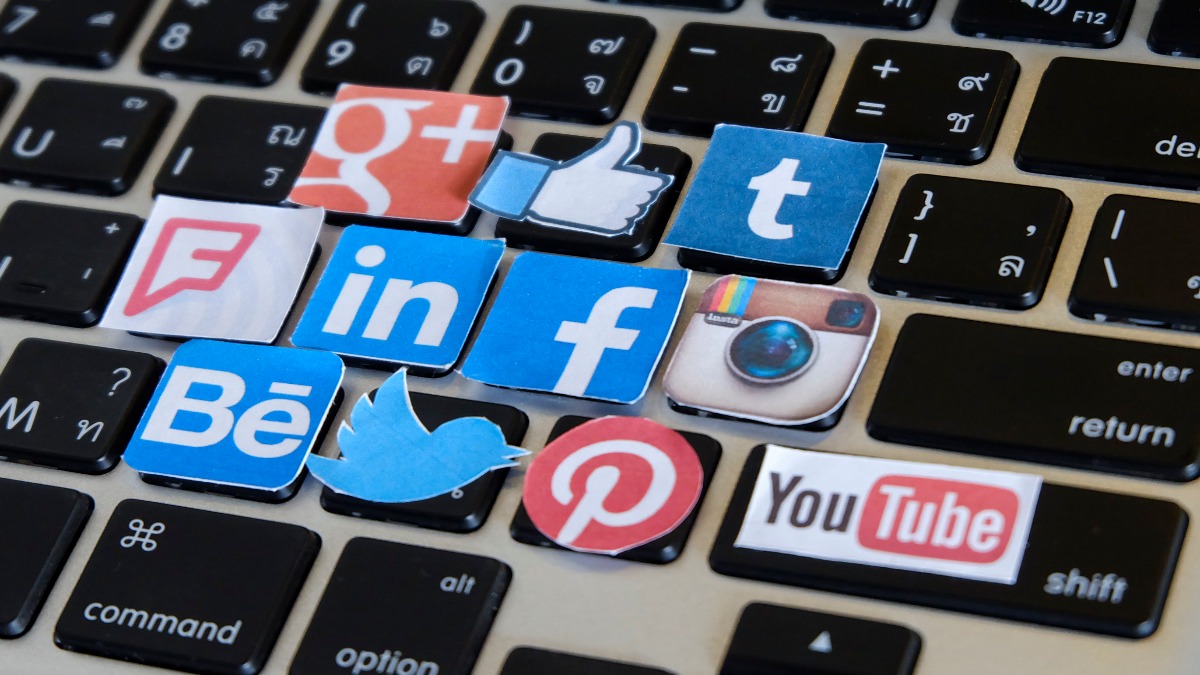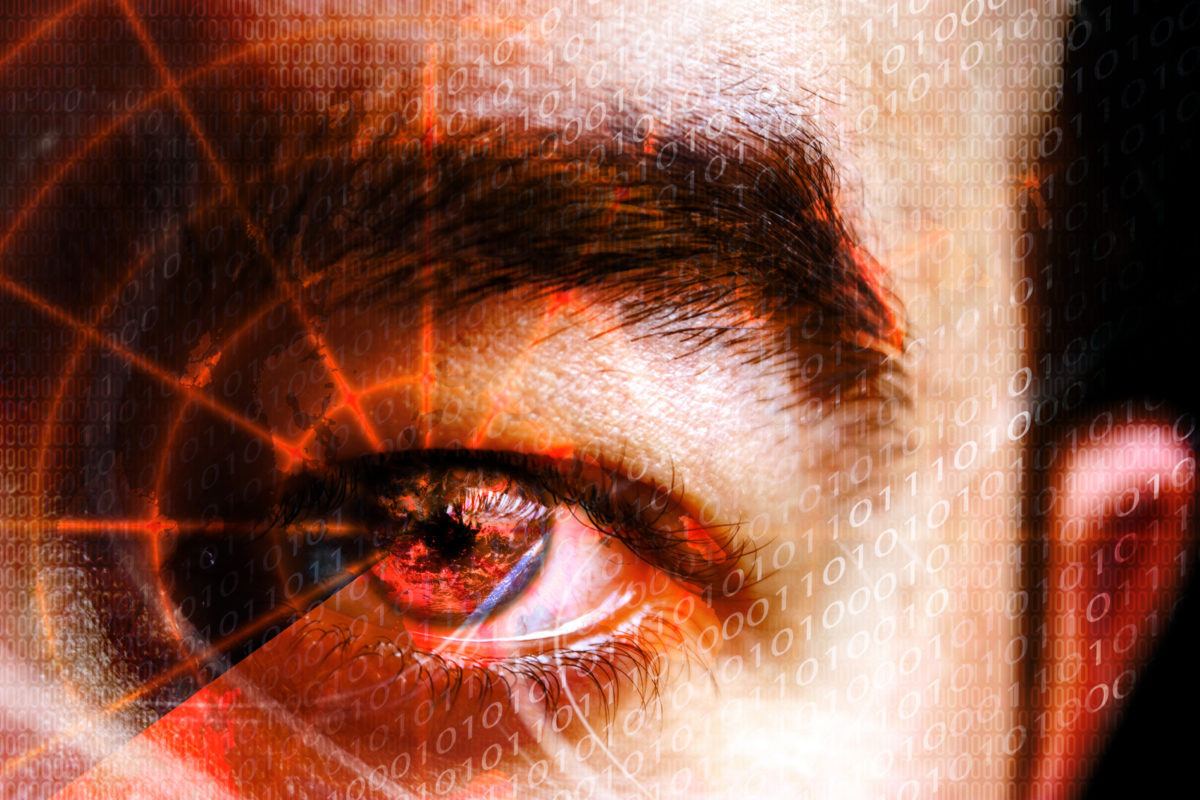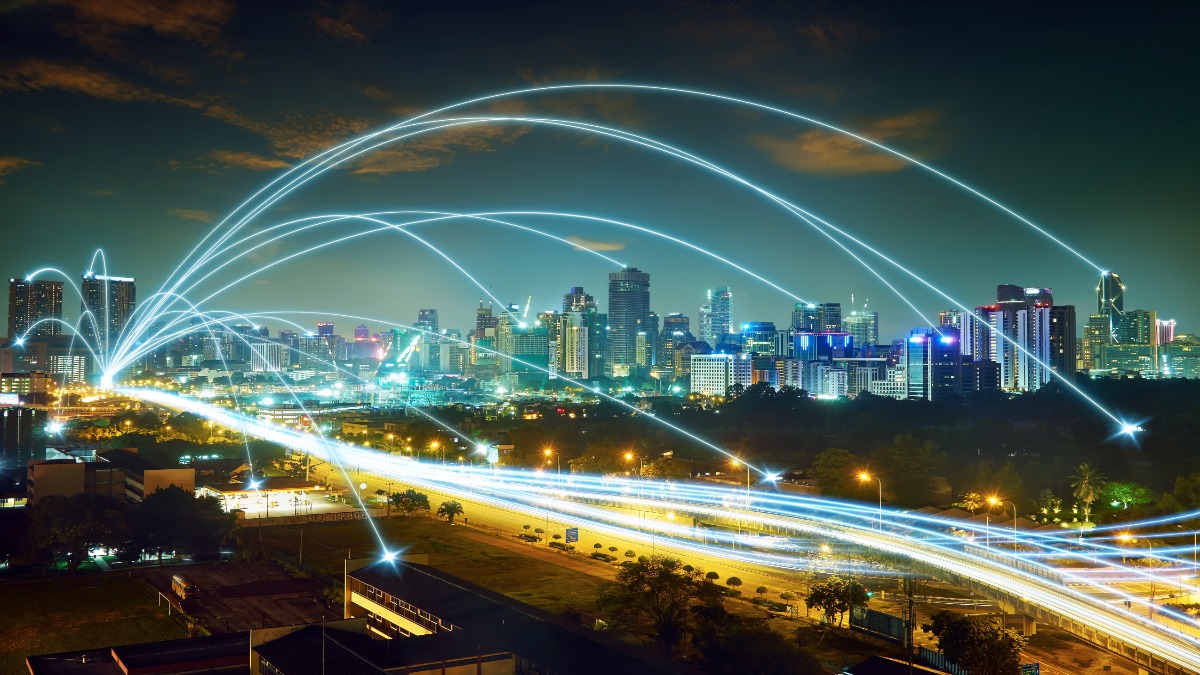Prospecting for a new career can be a daunting task. Suddenly, you’re overcome by a huge tsunami of anxiety by just knowing a prospective employer will be looking at your social media presence. Take a deep breath, your new career will be within reach after you watch this video.
Part 3 in our Three-Part Series on Social Media Do’s and Dont’s
The video transcript follows
Lee Neubecker: Hi I’m back again with Dr. Nicole Konkel who’s an organizational development expert. And I asked her to come on to continue our earlier series talking about social media do’s and don’ts as it relates to being an employee. And so thanks for being on the show again, Nicole.
Nicole Konkel: Oh, no problem my pleasure Lee. Thanks for having me.
LN: So we talked a little bit about some of the things that you shouldn’t do. Can you tell people who are in an active job search mode, hoping to maybe work at your firm or some other firm? What are the things that you would suggest that they do as it relates to making their LinkedIn profile look attractive to an employer?
NK: Sure. So I always will tell people when you’re looking, actively searching for employment, make sure your LinkedIn page is open. I would caution you if you’re currently employed not to have a situation where you are shown as actively looking or actively interested in recruiters contacting you because obviously your current employer can see that. But what I want to make sure of is that your page is professional. Professional means no spelling and grammar errors. Professionalism also means outlining what your accomplishments have been. One of the things that people do when they’re looking for jobs is we want to talk about results, and not just job duties, but results. And so to make a big focus on that on your LinkedIn page.
LN: And certainly not having typos.
NK: Please no typos. No typos, no grammatically incorrect sentences, speak about yourself in the first person. You are selling yourself on LinkedIn, essentially and you want people to read that and say, “I want to contact this person.”
LN: And speaking of contact, what would you recommend people do with regard to the contact information tip?
NK: Well, I really, really encourage people to have a professional email address. So nothing with any sort of sexual innuendos. I would also say nothing that’s related to your birthday. Unfortunately age discrimination is is something that is real. And so we don’t want to have that be out there. And so I would just say my email address is Nicole, my former name washingtonphd@gmail. That’s what I wanted people to see. And so that’s what email I use when I’m in a job search.
LN: Now, what about the photo? What are your thoughts on what you’ve seen with LinkedIn photos, what’s worked, what hasn’t worked?
NK: What doesn’t work is a picture of your dog. What doesn’t work are selfies. I think that in this day and age, we all have the opportunity to have a professional headshot. There is no other type of photo that should be on LinkedIn In my opinion, other than a professional headshot. Even if you have to do it with your own iPhone or Android device, we are able to do that. But you should be in professional clothing, you should look like you are going on a job interview in that photo.
LN: And if you’re on a budget, you can use services like Upwork and find a photographer, that if you’re patient and flexible, you should be able to get a professional headsetset.org or even go to, one of the department store.
NK: Absolutely, I mean, you can easily do a professional headshot for $20 easily.
LN: And the other thing too is you can actually hire people who are professionals in HR to help edit your LinkedIn and give you that critique.
NK: Yes. Yes. I do believe there’s value in that. I do think that you should work with people that are reputable. Not everybody that says that they look at LinkedIn profiles and resumes should be and so I think you should look at some examples of work that they’ve done in the past to see if that’s something that will be beneficial to you moving forward. But in no time should you go into that thinking if this person does my resume or does my LinkedIn page, I’m automatically going to get a job. It’s still putting your best foot forward out there with all different types of aspects that are necessary for the job search.
LN: I’d like to see certification.
NK: For sure
LN: Papers, I especially like to see that the person can write.
NK: Right.
LN: That’s not appropriate for all positions, but it’s helpful.
NK: For sure. Even if there is maybe you’re not the perfect grammatical person, you should be in your LinkedIn profile.
LN: You can get someone who has to check your page.
NK: Yes, exactly. And so there’s really not a reason why that should not be happening.
LN: What are your thoughts about, what’s your opinion when you see an employee that has reviews and how would you advise people to approach the review section?
NK: On LinkedIn?
LN: On LinkedIn.
NK: I honestly as an employer, don’t really pay attention much to the review section. But when I have, I’ve looked at the person that’s actually writing the review. I’ve actually gone in and clicked on their profile to see what role they actually have, how that person has interacted in the past. If it’s a former employer, that’s always good, for you to have a former boss or, supervisor or colleague, but it should definitely be a professional review. If you want to go have your friends to review so make sure they’re professional and they’re talking about work.
LN: I agree with that it when I look at the reviews if the reviews are written from people who clearly were a peer review helps as well.
NK: Sure.
LN: If it’s a supervisory review it means more, but I also look at the quality and caliber of the writing of the reviewers. So you don’t want to have someone writing a review on your page that has grammatical doesn’t really speak well.
NK: Right.
LN: But I also look to see if It’s a review swap. Because essentially, the effective way to get a review is to write one. So I’ll look at the profiles to see that as well.
NK: Right. I think that that’s true. I think the most valuable review is from a former supervisor or a current supervisor that’s talking about your current work. When people are reviewing they should be talking about the results that you’ve done. It’s you know, John is a great person, is great, but it doesn’t tell a potential employer anything about how you’re going to be for them if they hire you.
LN: Something like John came in, took over our factory project, realigned the team, achieved a 20% growth and sales and 10% improvement and profitability that’s kind of action-oriented.
NK: Action-oriented is really what is going to get you noticed. When we’re talking about reviews when we’re talking about your resume when we’re talking about LinkedIn.
LN: Are there any other thoughts you have before we wrap up? NK: I just want people to know that LinkedIn is a great tool. But the best tool for actually getting whatever opportunity that you want and keeping it or being successful is being the best you, whether you’re in private or in social media. And so always keep that in mind. We are always under a radar, somebody is always looking at
NK: And so how do you want that to be viewed in the future
LN: Great. Well thank you so much for being on the show.
NK: Thank you for having me, Lee.
Watch Part 1 and 2 of our Social Media Do’s and Don’t Series
Learn more about how to create a LinkedIn profile
https://www.learnhowtobecome.org/career-resource-center/how-to-create-linkedin-profile/








